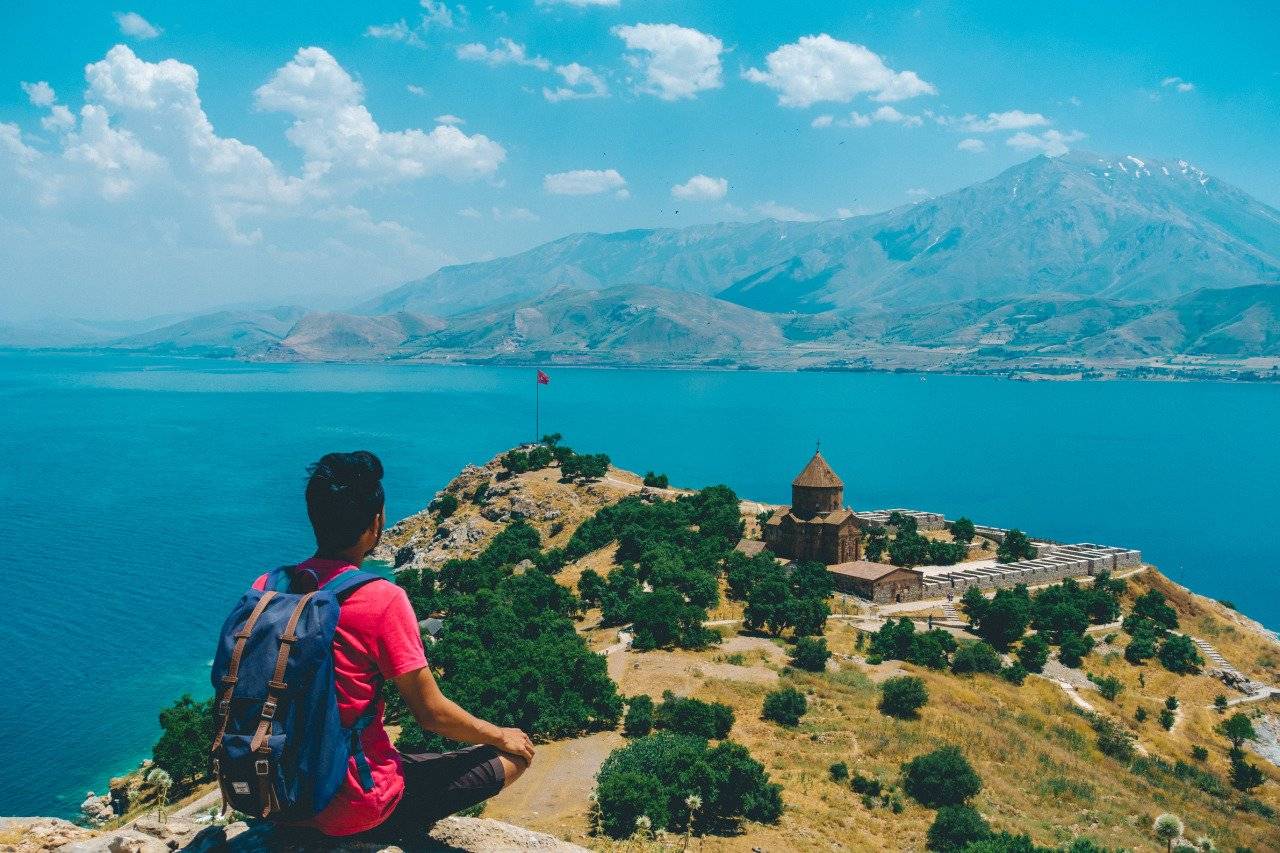Van is a city in Eastern Turkey known for its quirks, one of which is a rare breed of cats that live around Lake Van. Van cats have two different-coloured eyes, one amber and the other blue, and a peculiar preference for swimming in the large Lake Van. So, why are you waiting to apply for a turkey visa online now?
Aside from exotic cats, Van is proud of its long history, which dates to 5,000 BC. Van’s history was shaped by various civilizations and kingdoms, including Urartian, Armenian, Byzantine, Seljuk, and Ottoman.
The Van Fortress (Urartian) and the Holy Cross Church are an example of notable constructions from each of these eras (Armenian). Nature has also given a lake in the town of Van, which is Turkey’s largest body of water.
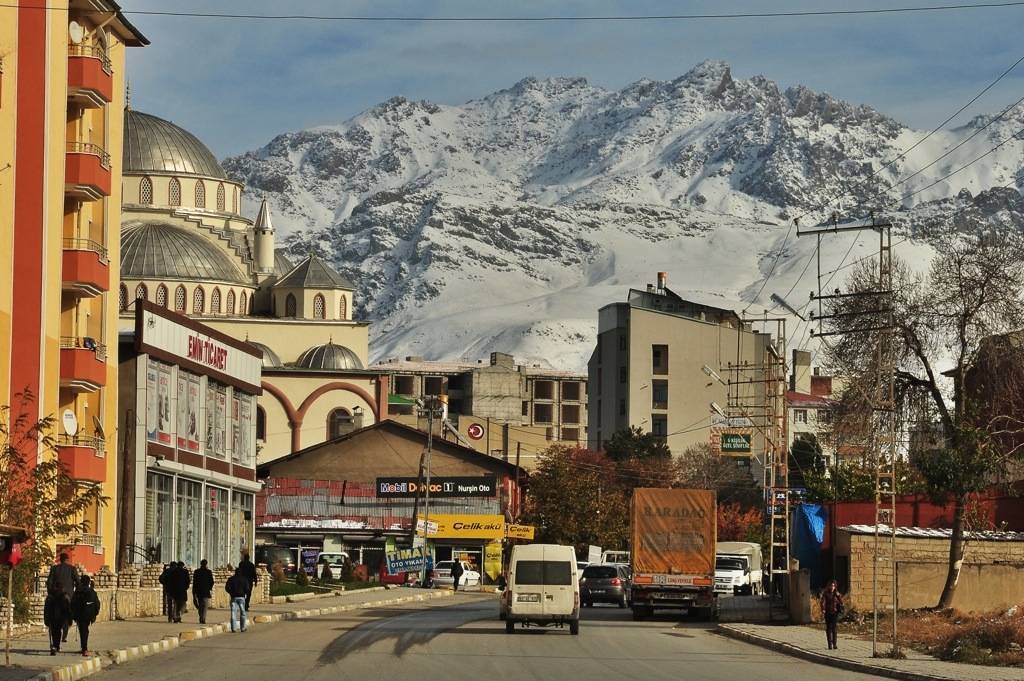
Things to Do and See in Van
Van Museum
The Van Museum, located in the charming town of Van, houses objects from the prehistoric, Urartian, and Ottoman Turk eras in Turkey’s history. The Genocide Part of the Van Museum is an intriguing section where you may learn about the horrible killings in the region.
Cuneiform tablets and Hakkari Stelae can be found in the inner courtyard; Urartian gravestones with writings can be found in the yard; terracotta potteries, Urartian gold jewellery, and bronze artefacts can be found on the lower level; and more ceramics, ancient coins, and manuscripts can be found on the upper level.
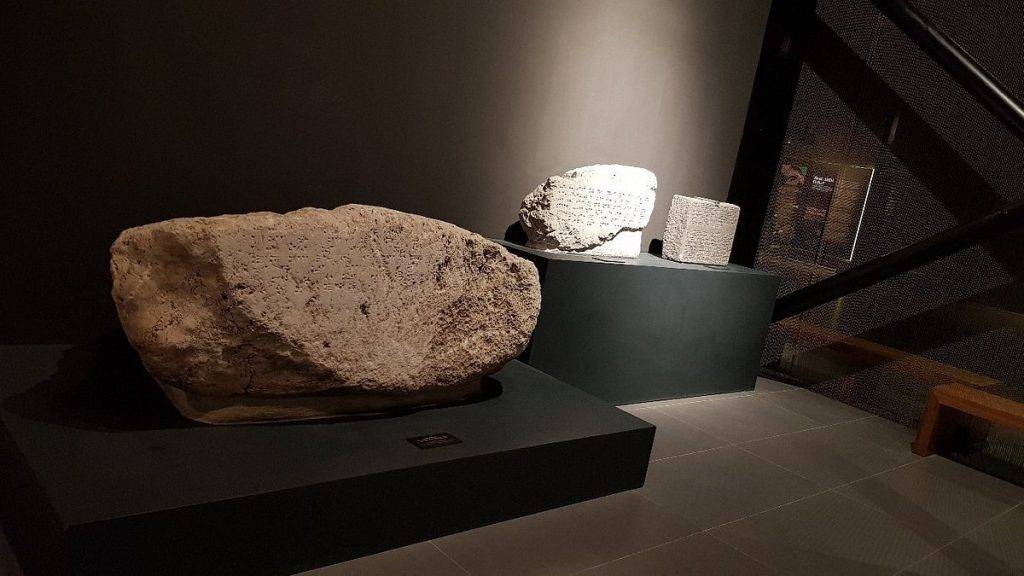
The Citadel of Van
The Citadel of Van, a colossal stone fortress that overlooks the ruins of the 3,000-year-old town of Urartu, is a massive stone fortress. The Citadel of Van is the world’s most enormous stone fortress, built of basalt (foundation) and mud bricks for the significant portions between the 9th and 7th centuries BC.
The Sardar Tower, located near the citadel, contains inscriptions from the beginnings of the ancient kingdom of Urartu. In the 5th century BC, Xerxes the Great wrote the note in three languages: Old Persian, Babylonian, and Elamite. The inscription has remained in pristine condition, surviving all elements.
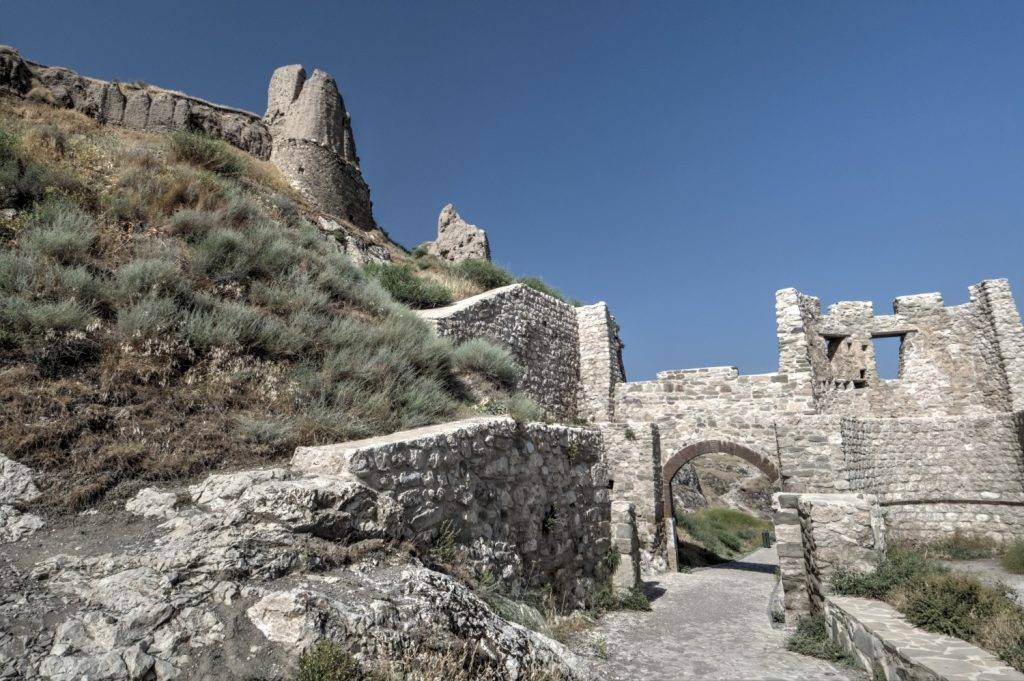
The Island of Akhtamar
According to legend, the island’s name was inspired by love. There was once a gentleman who fell in love with an island girl. He crossed Lake Van every night to visit her, and one time he battled the rages of the storm, but his boat sank, and he was calling out to the girl Tamar, “Ach Tamar,” as he fought the furious waves (Oh, Tamar).
The Armenian Cathedral of the Holy Cross, which dates from 915, is the island’s main attraction. The church’s architecture is impressive, but the artworks on its outside walls, representing scenes from the Bible, are much more so.
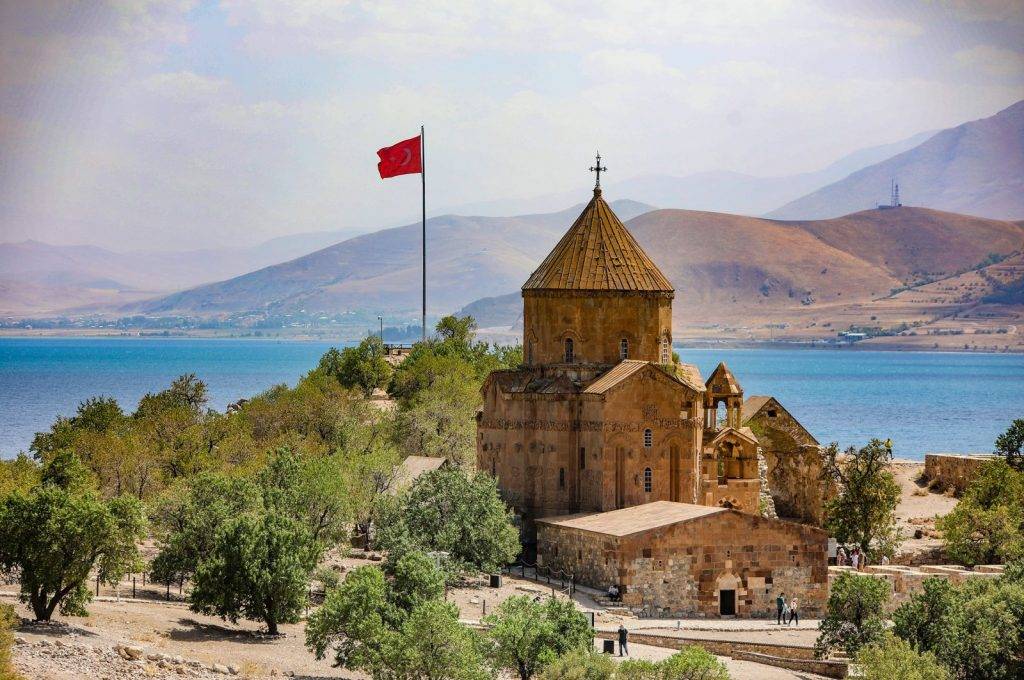
Holy Cross Church
The Holy Cross Church is perched on top of Aghtamar’s island mountain, surrounded by Lake Van. The Holy Cross Church, built by Armenian architect Trdat Mendet between 915 and 921, is the island’s primary draw.
It represents not just the island’s religious importance but also the island’s profound respect for art and culture. The church had undergone many renovations, the most recent of which was in 2005. The gorgeous red tufa stones imported from nearby islands’ quarries may still be found, and the frescoes within the church are still worth seeing. Its exterior is decorated with sculptures representing Biblical scenes.
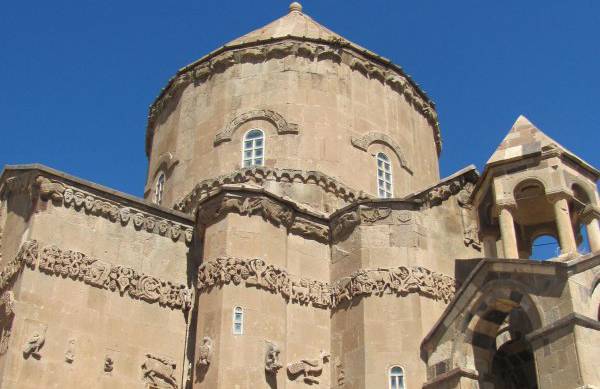
Hosap Castle
The Ho sap Castle is a magnificent mediaeval castle built on a rock outcrop on the Hosap River’s coast. According to mythology, the castle’s architect, Kurdish man Mahmudi Suleyman, had his hands cut off by authorities so he couldn’t build another castle to rival Hosap.
The Ho sap Castle was built in 1643 and is divided into outer and inner castles. The outer castle, which has a mosque and various towns, is guarded by forty turrets. On the other hand, the inner castle is strategically located on the outcrop’s highest point. There are three walled courtyards, each separated into two floors. The guardhouses, ramparts, and entrance area are on the lower level, while the Observation Kiosk is on the upper level.
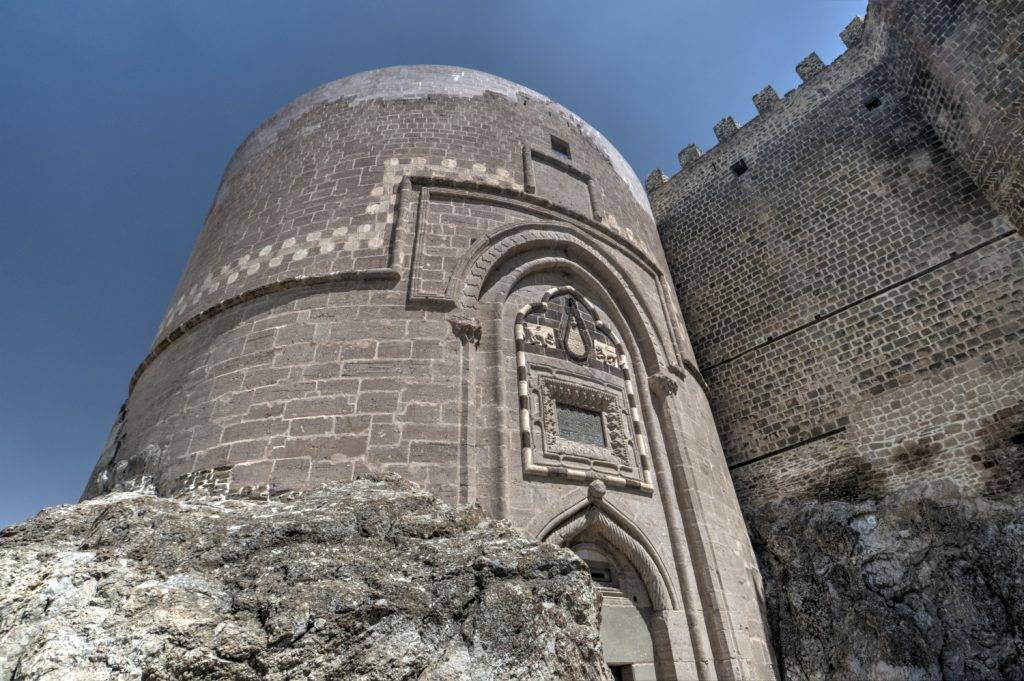
Cavustepe
The ancient kingdom of Urartu is known for its mighty fortresses, one of which was built for Sarduri II and is known as Cavustepe. The Cavustepe, also known as “Sardurihinili” (a city built by Sarduri), is made of cut stones in the style of Urartian castles. It is separated into lower and upper fortresses, each with its own set of structures.
A temple dedicated to the deity Haldi was constructed on the higher fortress. On the other hand, the lower fort once housed workshops and storage chambers for grains and wine. In the Cavustepe complex, there is another temple dedicated to the deity Irmushini.
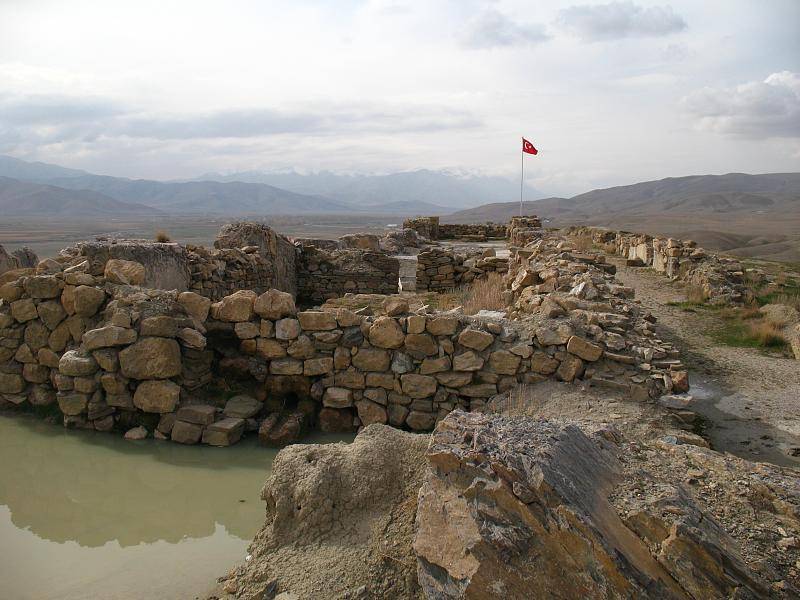
No doubts Van is easter Turkey’s most famous city, and there are numerous attractions to see and explore. So, pack your bags, and apply for a turkey e visa or turkey visa right away.
